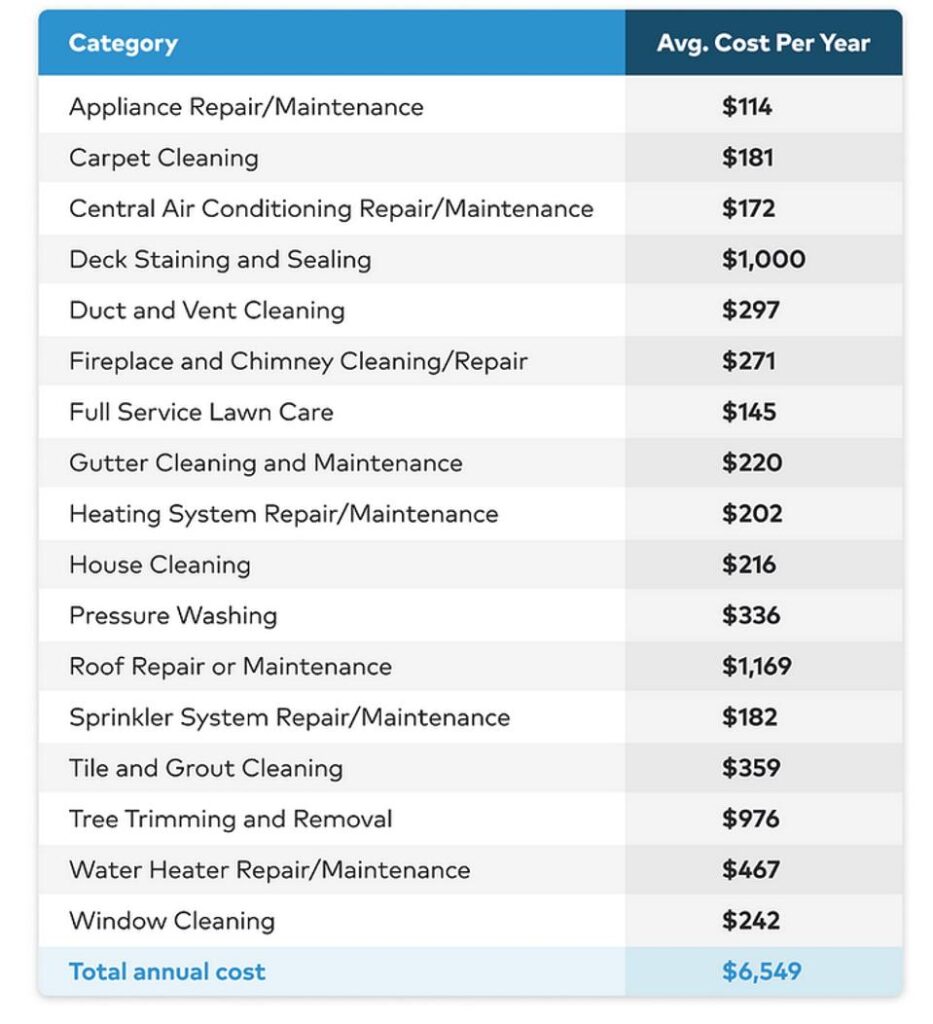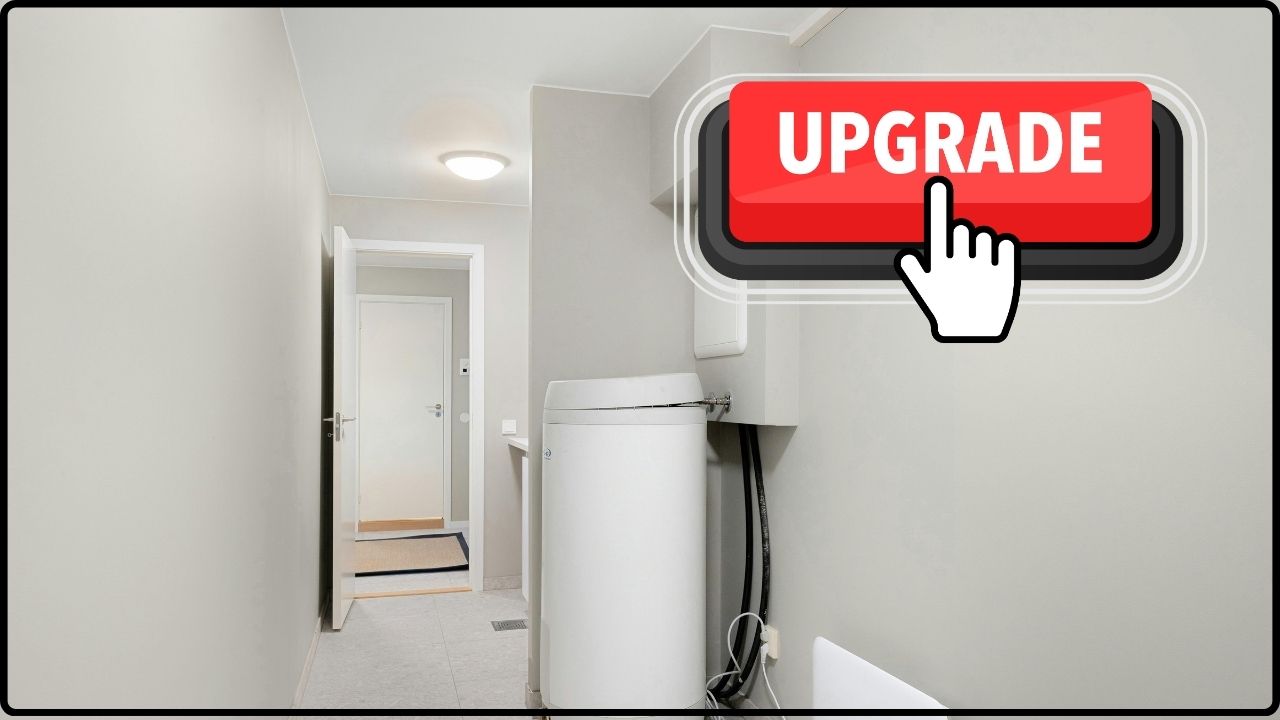
“Sinking Fund” for Your Next Big Home Project: Whether you’re dreaming of a kitchen facelift, a fresh paint job, or fixing that leaky roof, big home projects can hit your wallet hard. That’s where a sinking fund comes in—a smart and savvy way to save up ahead of time, so when the bill arrives, you’re cool, calm, and cash-ready. Let’s break it down—how can you set up a sinking fund that works, even if you’re not a finance whiz? Spoiler alert: it’s all about planning, discipline, and keeping things chill.
Table of Contents
“Sinking Fund” for Your Next Big Home Project
Establishing a sinking fund for your next home project is a smart move that combines financial discipline with peace of mind. By breaking down a big expense into manageable monthly savings, automating those contributions, and reviewing your progress regularly, you’re setting yourself up for success—and no last-minute panic. Whether it’s a roof replacement, kitchen facelift, or any other big ticket home upgrade, your sinking fund will be your best financial sidekick.
| Highlight | Details |
|---|---|
| Average yearly home repair cost | $3,600 (source: Harvard JCHS) |
| Recommended sinking fund rate | 1% of your home’s value annually for maintenance and repairs |
| Monthly saving example | $200 per month for a $240,000 home |
| Benefits | Avoid debt, budgeting ease, discipline, peace of mind |
| Common uses | Renovations, appliance replacement, emergency repairs |
| Official resources | Consumer Financial Protection Bureau (CFPB) |
What Is a Sinking Fund?
A sinking fund is basically a special savings account or pool of money set aside for a specific, planned future expense. It’s different from your emergency fund—which is designed to cover unexpected financial shocks—because sinking funds are for known or anticipated costs. Whether it’s replacing a roof in five years or remodeling the kitchen next summer, a sinking fund helps you spread out the payments over time rather than dealing with a financial shock all at once.
By having this money saved and ready, you avoid borrowing or relying on credit cards, which often come with high-interest rates. It’s peace of mind—knowing you’ve already got the cash for your upcoming project waiting for you.
Why Using a Sinking Fund Matters for Homeowners?
Homeownership is rewarding but costly. The Joint Center for Housing Studies at Harvard University reports that the average American homeowner spends about $3,600 each year on home maintenance and repairs. But major projects, like roof replacements or HVAC upgrades, can run into the tens of thousands. When those bills come without a plan, stress and debt often follow.
A sinking fund encourages financial discipline by forcing you to save regularly and proactively. You build up that fund bit by bit, instead of trying to scramble for the money when it’s due. It also helps in budgeting, so you can better forecast your future expenses and avoid nasty surprises. Plus, it’s a smart way to protect your home’s value by ensuring ongoing upkeep and timely renovations.
How to Set Up a “Sinking Fund” for Your Next Big Home Project?
Think of setting up a sinking fund like building your own financial safety net tailored for your home.
Step 1: Define Your Project and Estimate the Cost
The first step is identifying what you’re saving for. Specific is better than vague. Examples include a kitchen remodel, a new roof, or a heating system replacement. Next, research or get quotes to estimate how much it will cost.
According to HomeAdvisor, kitchen remodels can range from $12,000 to $35,000, depending on size, materials, and location. For example, $20,000 might be a reasonable ballpark estimate for a mid-range kitchen makeover.
Step 2: Choose Your Timeline
When do you want to complete this project? A sinking fund works best when you have a clear timeline—say, 2 years, 3 years, or even longer. This timeline determines how much you need to save monthly.
For instance, if you want to save $20,000 in two years, you would divide the total by 24 months:
$20,00024 months=$833.33 per month\frac{\$20,000}{24 \text{ months}} = \$833.33 \text{ per month}24 months$20,000=$833.33 per month
If that number seems too high, consider extending your timeline or scaling your project down.
Step 3: Calculate Monthly Contributions
With your total amount and timeline clear, calculate how much to set aside every month. There are many online sinking fund calculators if you want to automate this step. The key is to be realistic and consistent.
Step 4: Open a Dedicated Account
The best practice is to keep sinking fund money separate from your day-to-day accounts. Opening a dedicated high-yield savings account (HYSA) or a separate savings account makes it easy to track your progress and reduces risk of accidental spending.
Step 5: Automate Savings
Automatic transfers are your best friend here. Set your bank to move your target amount into your sinking fund account right after every paycheck. Automation builds discipline and makes saving effortless.
Step 6: Monitor, Review, and Adjust
Financial plans aren’t set in stone. Periodically check your sinking fund progress, revisit your project cost estimates, and adjust your savings plan if necessary—especially in the face of inflation or unexpected changes to your project.

Best Practices and Expert Tips for Managing Your Sinking Fund
Start Early and Stay Committed
Starting early lowers monthly amounts and gives your fund room to grow. Staying committed means maintaining the discipline to save regularly, even during tight months.
Don’t Dip Into Your Fund for Unrelated Expenses
Keep this money sacred. It’s a sinking fund—meant only for your designated purpose.
Separate Funds for Different Needs
It might feel easier to have one big fund, but separate sinking funds for different projects or expenses (roof, HVAC, appliances) help you stay organized and clear about your goals.
Account for Inflation and Rising Costs
Costs for materials and labor will likely increase over time. Add a buffer to your estimates and increase contributions if necessary.
Consider Safe Investments for Long-Term Goals
If your project timeline is 3+ years, parking your sinking fund in low-risk investments or high-yield accounts can earn you extra money while keeping funds accessible.
The Financial Impact of a Sinking Fund
- Avoid High-Interest Debt: Keeping cash ready means you won’t need costly loans or credit cards.
- Better Budgeting: Having a dedicated fund improves your financial planning and reduces anxiety around large expenses.
- Tax Considerations: While sinking funds themselves aren’t tax-deductible, money spent on capital home improvements can increase your home’s basis and reduce capital gains tax when selling.

Real-Life Examples & Case Studies
Tina’s Roof Replacement
Tina set a goal to replace her roof, estimated at $15,000, with a 5-year savings plan. She saves $250 monthly and adjusts her contributions annually based on updated quotes and inflation. Her sinking fund method keeps her debt-free and stress-free as the project approaches.
Oakview Estates: HOA Sinking Fund
At Oakview Estates, the home owners association set up a community sinking fund to save for regular maintenance and big fixes like pool or playground upgrades. The monthly contribution by homeowners built a fund over time that avoided unexpected special assessments and enhanced property values.
Kitchen Remodel Savings
A couple planned a $3,000 kitchen remodel 3 years ahead. By saving $83.34 monthly in a sinking fund, they accumulated the full amount on time and avoided credit card debt.
Repair vs. Replace: A Financial Breakdown of an Aging AC Unit
A Homeowner’s Guide to HVAC Financing: The Pros and Cons of Your Options
Understanding “Green Loans”: Financing for Energy-Efficient Home Upgrades
















